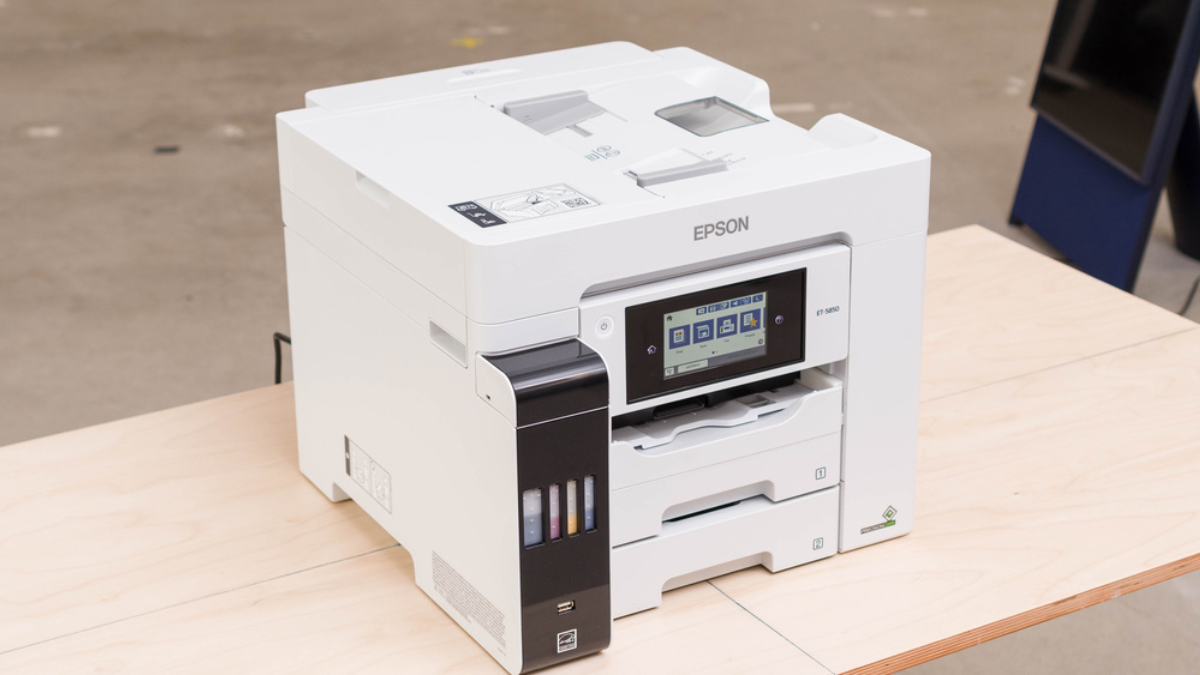Introduction
If you’re considering diving into the world of 3D printing, one of the first questions you’ll ask is, how much is a 3D printer? With prices ranging from under $200 to well over $5,000, choosing the right one can be overwhelming. This budget 3D printers comparison will break down the differences between affordable and high-end 3D printers to help you determine the best value 3D printers for beginners and professionals alike.
3D Printing Basics: What You Need to Know
Before comparing price points, it’s important to understand how 3D printers work. These machines build objects layer by layer using materials such as PLA, ABS, resin, and even metal composites. They are used for everything from prototyping and hobby projects to large-scale industrial production.
Why Choose a Budget 3D Printer?
If you’re new to 3D printing, budget-friendly options can be a great entry point. Here’s why:
- Affordability: Entry-level models can be found for under $300, making them accessible for hobbyists and students.
- Ease of Use: Many budget printers are designed for beginners, featuring simple setups and user-friendly interfaces.
- Community Support: Popular budget models often have large online communities, making troubleshooting easier.
However, cheaper printers come with trade-offs, such as slower printing speeds, limited material compatibility, and potential maintenance issues.
Why Consider an Expensive 3D Printer?
For professionals or serious enthusiasts, premium 3D printers offer significant advantages:
- Superior Print Quality: High-end models produce smoother, more detailed prints with precise layering.
- Greater Material Compatibility: Expensive printers can handle a wide range of materials, from flexible TPU to industrial-grade metals.
- Larger Build Volume: Premium models allow for bigger and more complex prints without compromising quality.
- Advanced Features: Auto-bed leveling, dual extrusion, and enclosed chambers are standard in high-end machines.
The downside? The cost. High-end models often start at $1,000 and can easily exceed $5,000, making them a significant investment.
Cheap vs. Expensive 3D Printers: Head-to-Head Performance Comparison
To help you decide, let’s compare budget and premium 3D printers based on key factors:
1. How Price Influences Performance
When considering how much is a 3D printer, remember that price affects factors like print resolution, material versatility, and long-term durability. Budget models often sacrifice advanced features, while expensive printers provide more consistent and high-quality results.
2. Print Quality and Accuracy
- Cheap 3D Printers: Print layer lines may be more visible, requiring post-processing for a smooth finish.
- Expensive 3D Printers: Produce highly detailed models with minimal finishing work needed.
If detail and precision matter, investing in a best value 3D printer for beginners with good resolution settings is key.
3. Printing Speed and Efficiency
Speed varies greatly between budget and premium models:
- Budget Printers: Slower speeds, requiring patience for high-detail prints.
- High-End Printers: Faster printing times with better heat management, ensuring stronger prints.
For those with frequent printing needs, a high-speed premium model might be worth the investment.
4. Material Compatibility and Versatility
- Low-Cost Printers: Typically limited to PLA and ABS.
- Expensive Models: Can print with high-temperature filaments like Nylon, Carbon Fiber, and even resin-based materials.
If you want flexibility in your projects, premium printers offer more material options.
5. User Experience and Compatibility
- Budget 3D Printers: Often require manual calibration and frequent adjustments.
- High-End 3D Printers: Feature auto-bed leveling, enclosed chambers, and remote monitoring for ease of use.
Beginners may prefer budget options, but professionals will benefit from the automation and reliability of premium models.
Beyond Price: Other Factors to Consider
Price isn’t the only deciding factor. Here are additional things to keep in mind:
- Software Support: Some budget printers lack manufacturer support for slicing software, leading to compatibility issues.
- Maintenance Costs: Cheap printers may require more frequent part replacements, making long-term costs higher.
- Brand Reputation: Well-established brands tend to offer better customer support and reliable performance.
Conclusion
So, is an expensive 3D printer worth the investment? It depends on your needs. If you’re just starting out, a budget-friendly model from this budget 3D printers comparison may be the best choice. But if you need speed, precision, and versatility, a high-end model is a better long-term investment. No matter which you choose, understanding how much is a 3D printer and comparing features will help you find the best value 3D printers for beginners and professionals alike!
